The currently recommended regimen (SR) for the treatment of Buruli ulcer disease is oral rifampicin (10mg/kg dose) together with oral clarithromycin or intramuscular streptomycin for 8 weeks. Despite antibiotic treatment, wound healing remains prolonged in BU. Preliminary evidence from studies in Ghana indicates two main factors contribute to variability in healing rate, i) the bacterial load at baseline and ii) the development of paradoxical reactions with renewed inflammation despite progressive bacterial killing by antibiotics. Previous studies have demonstrated either healing or lack of detectable live MU in 46% of patients by week 4 of treatment, suggesting that a shorter course of antibiotics may suffice for some patients, whereas, in those with unhealed lesions at week 8, more than 50% had detectable live organisms using the combined 16S rRNA assay and qPCR for IS2404.
An additional factor that needs consideration is the possible role of secondary infections of BU wounds. Data suggest that combining high-dose Rifampicin (HDR) and DACC dressings may significantly improve the time to clearance of viable Mycobacterium from wounds, reduce the risk of paradoxical reactions and secondary infections, reduce the time for treatment and therefore improve outcomes for patients with BU. Giving the increasing global threat of antimicrobial resistance, we aim to reduce this regimen and minimize the antibiotic treatment period by determining the efficacy of combining oral high-dose Rifampicin and topical DACC dressing to improve healing outcomes.
In addition, an economic evaluation will be conducted to assess the incremental costs and cost-effectiveness of switching from standard BU treatment strategies to either HR+DACC or SR+DACC using existing data from previous BU trials.
Aims and Objectives
The study aims to determine the ability of high-dose oral Rifampicin (20mg/kg) and DACC dressings to improve the time to clearance of viable Mycobacterium from Buruli ulcer wounds compared to a regime using standard dose oral Rifampicin (10mg/kg) and DACC dressings.
Primary objective
· Compare the time to clearance of viable Mycobacterium from wounds of patients treated with high-dose Rifampicin and DACC dressings (HR+DACC) to those receiving standard-dose Rifampicin and DACC dressings (SR+DACC).
Secondary objectives
· Assess the impact of high-dose Rifampicin and DACC dressings on the proportion of wounds healed at 20 weeks
· Assess the rate of paradoxical reactions between groups
· Assess the recurrence rate in both groups
· Use historic control data to compare the time to clearance of viable Mycobacterium in patients receiving standard-dose Rifampicin and Vaseline gauze dressings.
· Evaluate the incremental costs and cost-effectiveness of high dose Rifampicin vs standard dose Rifampicin
Expected Impact
Success in this project would have a major impact on the management of Buruli ulcer, with faster healing leading to shorter treatment duration for many patients. Further, economic and social benefits could be significant. Reducing the use of antibiotics to treat presumed secondary infections could result in significant cost savings to the healthcare system and additionally provide the opportunity for patients to receive more of their treatment at the community level.
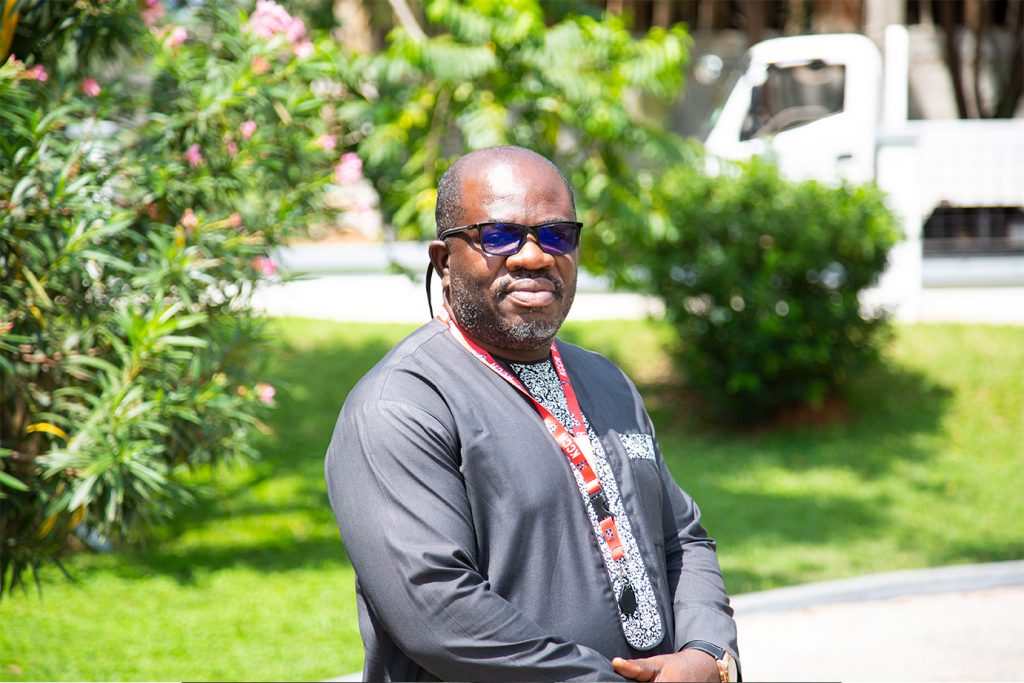
Team Coordinator
Dr Yaw Ampem Amoako
Phone: +23324 4858075
E-Mail: y.amoako@kccr.de
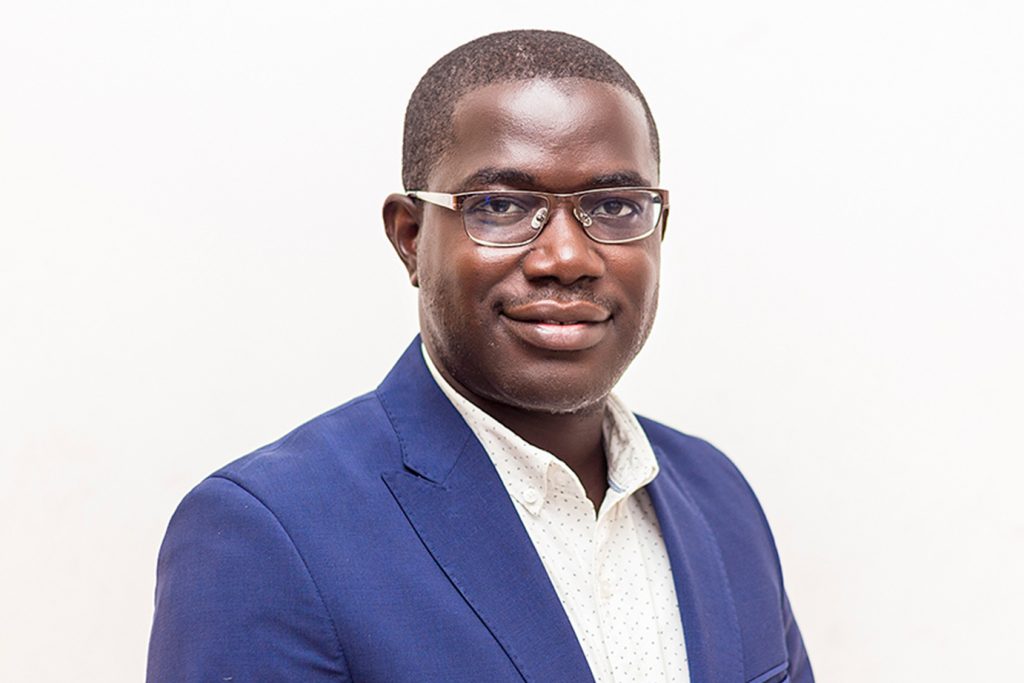
Senior Research Fellow
Dr. Micheal Frimpong
Phone:
E-Mail: mfrimpong28@gmail.com
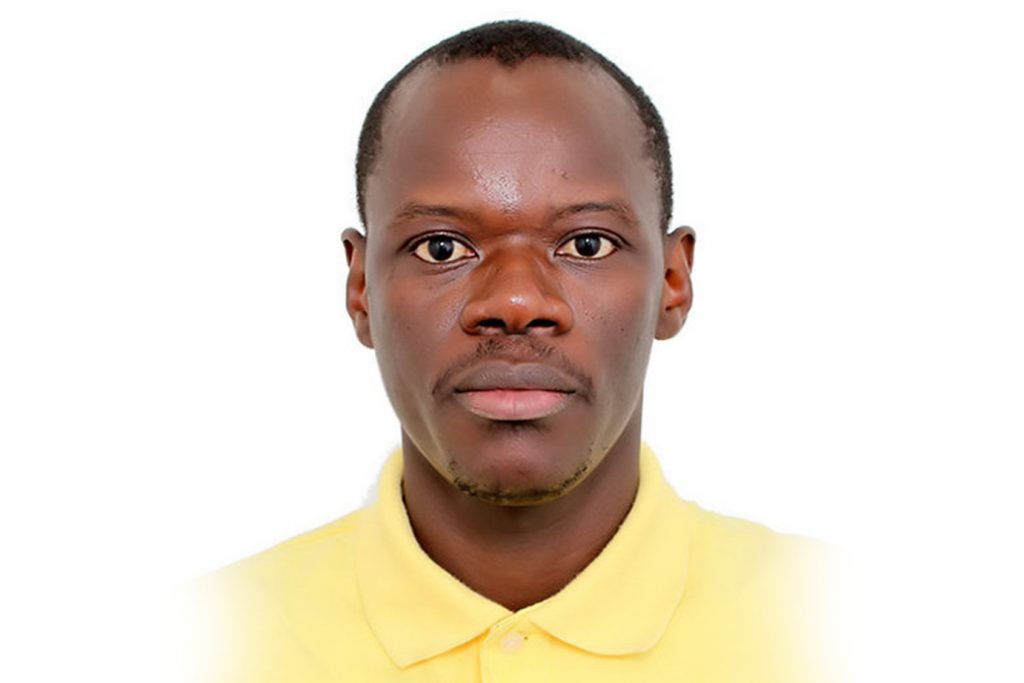
Health Economist
Dr Jacob Novignon
Phone: +233 24 258 6462
E-Mail: jnovignon@gmail.com

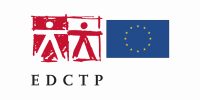

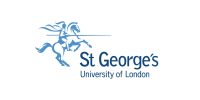
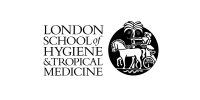
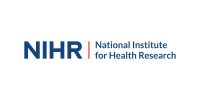
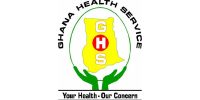
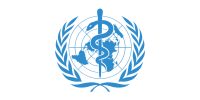
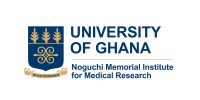
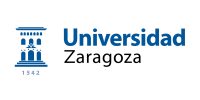
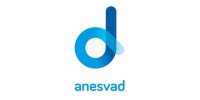
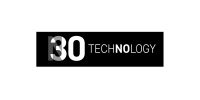
South-end Asuogya Road,
KNUST, Kumasi
Ghana
GPS: AK-312-1059
Monday – Friday
8am – 5pm
Monday – Sunday
8am – 5pm
KUMASI CENTRE FOR COLLABORATIVE RESEARCH IN TROPICAL MEDICINE
Copyright © 2025. All rights reserved